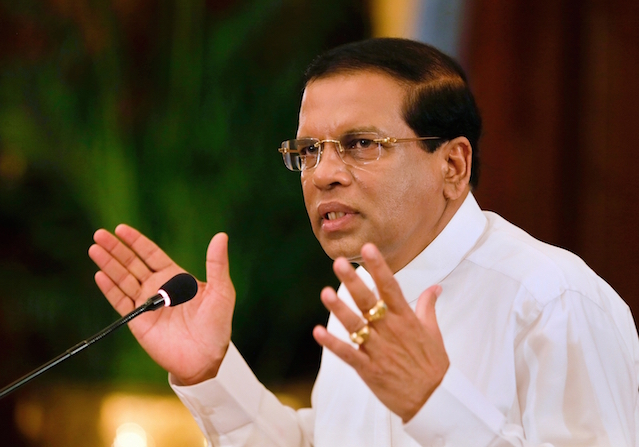The Democratic Socialist Republic of Sri Lanka has received $1,790,411 as financial support from Global Environment Facility (GEF) Trust Fund in order to develop a robust, transparent and functional nationally appropriate mitigation action (NAMA) framework targeting energy generation and end use sectors. The support has been provided under the GEF Cycle 5.

The GEF supported NAMA aims to reduce Sri Lanka’s heavy reliance on imported fossil fuels and ever increasing greenhouse gas emissions from the energy generation sector. The NAMA will support appropriate climate change mitigation actions in the energy generation and end-use sectors as part of the initiatives to achieve the voluntary GHG mitigation targets of Sri Lanka.
Sri Lanka is highly dependent on imported fossil fuels to meet its energy needs with 49% of the primary energy supply coming from imported fuel. This is leading to a heavy reliance on imported fossil fuels, expense of hardly earned national income and increased GHG emissions. As per the latest estimate, around 12% of national budget is consumed for importing fossil fuel to generate electricity. As a result of this, the National Energy Policy of Sri Lanka seeks to diversify supply mix with renewable energy resources whilst seeking to reduce energy demand through demand side management.
The Renewable Energy Resources Development Plan seeks to achieve 20% from renewable energy resources by 2020 and 30% by 2030 as part of the national strategy to reduce GHG emissions through appropriate mitigation actions (NAMA). Energy Management Plan (EnMAP) seeks to achieve energy savings from the promotion of energy efficiency measures.
The implementation of the NAMA will result in a robust, transparent and functional NAMA framework comprised of clear measurement, reporting and verification (MRV) system, and supporting institutional entities (NAMA Secretariat, NAMA Coordinating Entity, NAMA Implementing Entity, MRV Committee, NAMA Institutional mechanism, NAMA Approval procedure and NAMA Registry).
The framework will systematically quantify GHG savings and benefits of the mitigation interventions using a bottom up approach to aggregate from the provincial and sub-sector levels to the national and sectors level. Furthermore, such a transparent framework will open up opportunity to access regional and international climate funding.
To test and verify the framework, the NAMA will pilot some mitigation actions including the dissemination of 1,000 bio-digesters, 1,300 high efficiency motors in tea factories, and 205 solar PV net metering systems with battery storage. These pilot actions aim to gain experience and lessons on overcoming the regulatory, institutional, technical, financial and social barriers for the scaling up of the renewable energy and energy efficiency NAMA.
The NAMA has four key aims:
- To develop a robust provincial inventory system that could be updated periodically and aggregated at the national level using web-based EnerGIS database management system,
- To develop a decision making tools such as Marginal Abatement Cost Curves (MACC) tools for analysing and prioritising a pipeline of bankable NAMA that could be implemented,
- To leverage public, private and civil society organisations (CSOs) resources through the NAMA Implementing Entity for the implementation of bankable renewable energy and energy efficiency NAMAs. The viable and cost effective business models will be developed to incentivise value chain actors to reduce supply risks and create demand, and
- To develop a robust and transparent MRV system that is accurate, reliable and credible and avoids double accounting.
